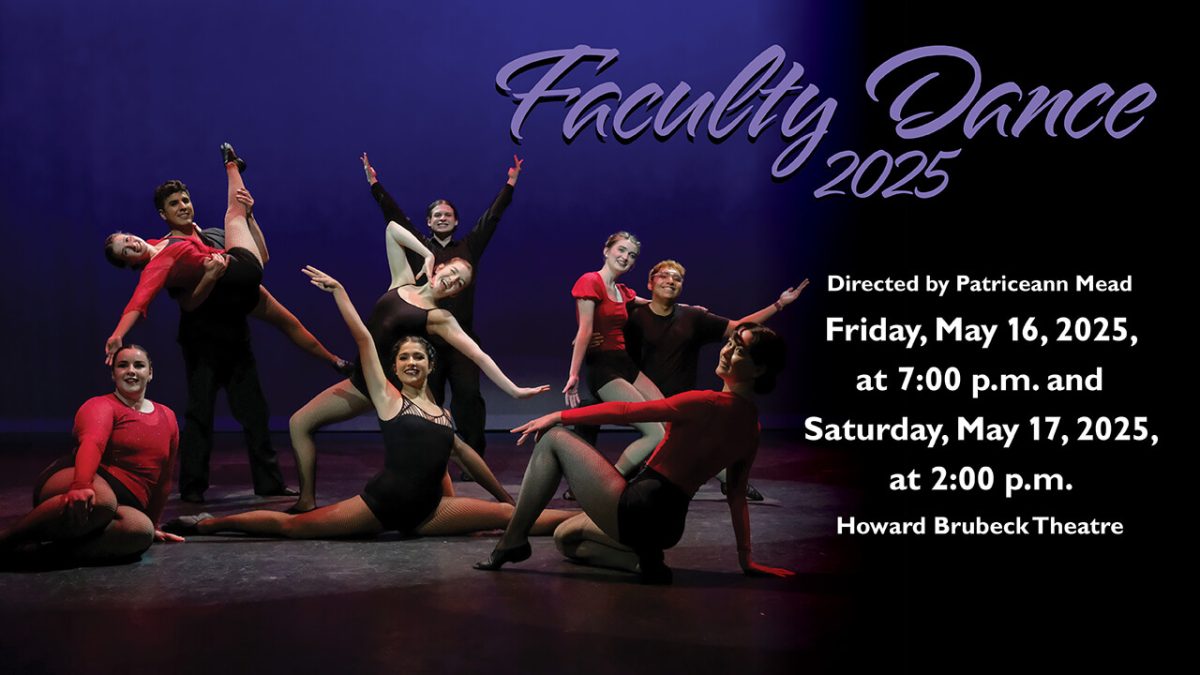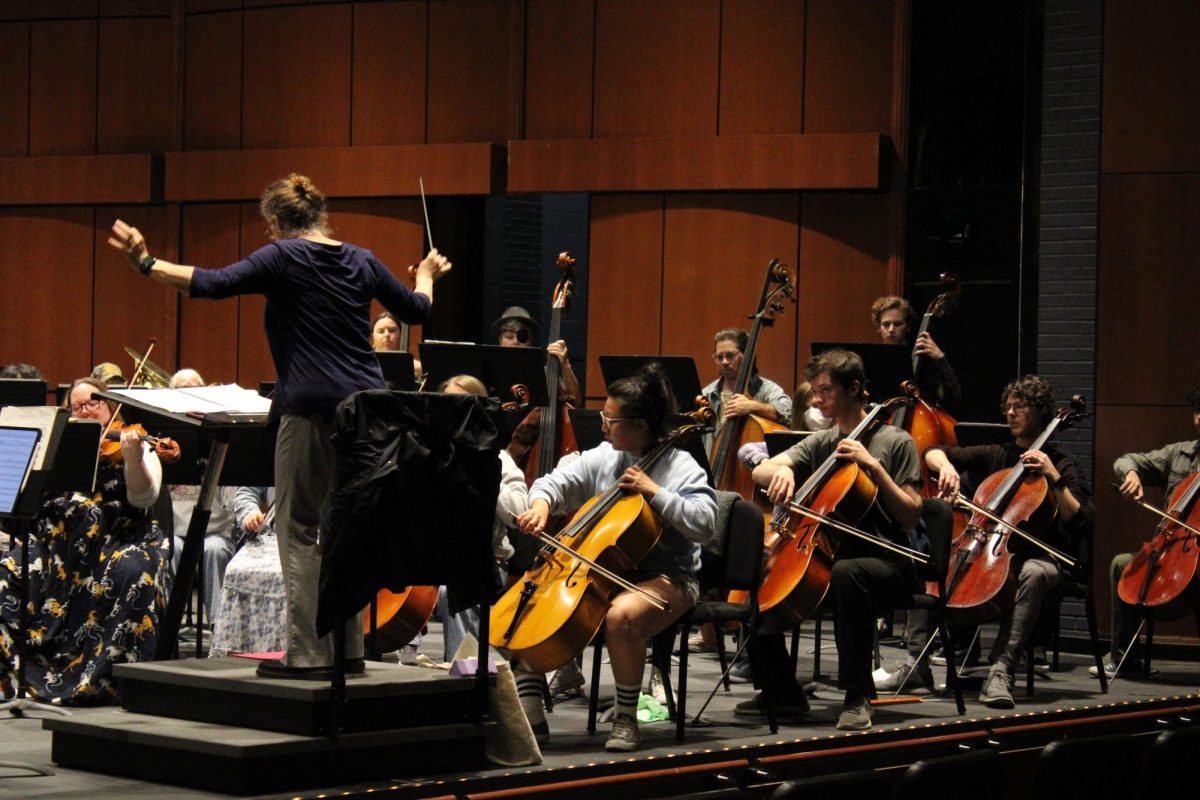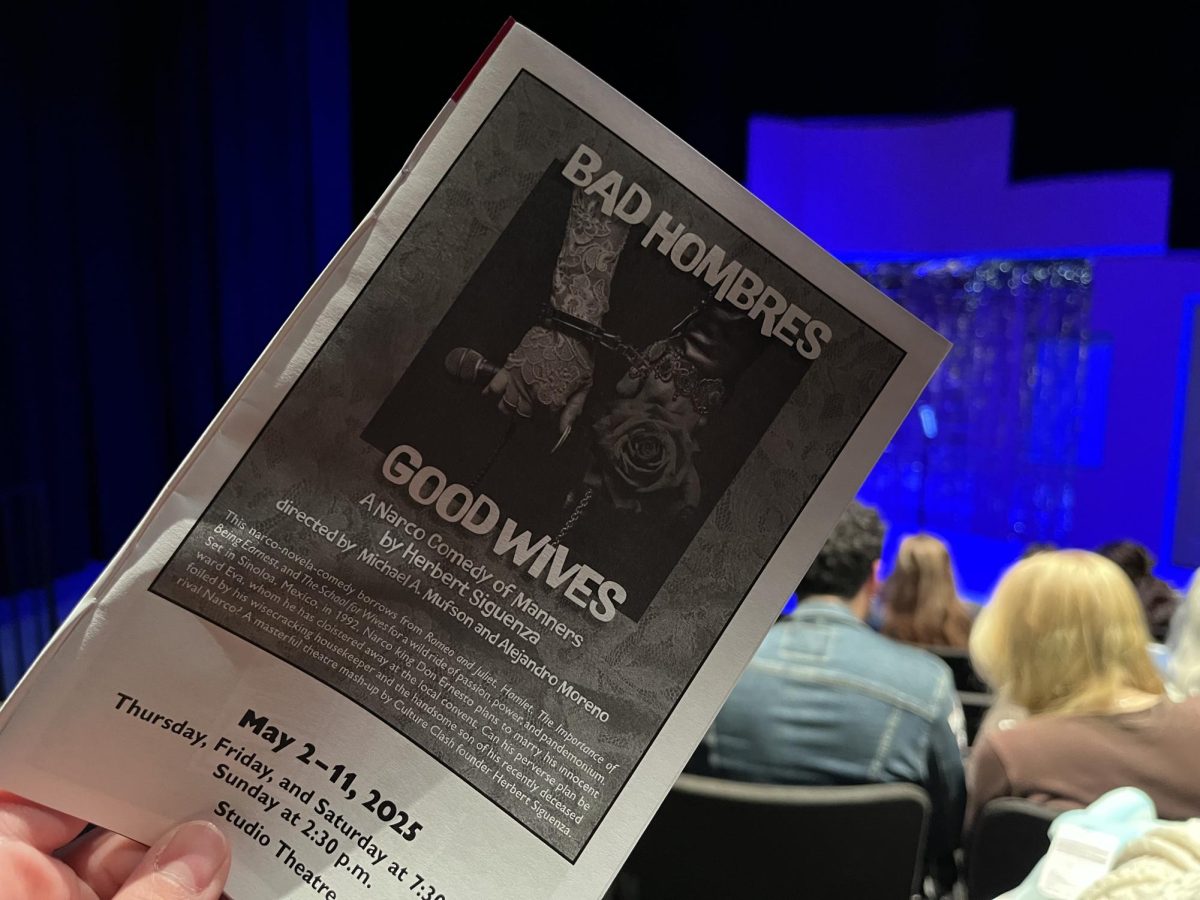SAN MARCOS- November was Native American Heritage Month; a time to honor the original caretakers of North America.
Native American Heritage Month started as a single day and took almost a century to become a month-long observance of indigenous people’s history and culture.
In 1914, Red Fox James of the Blackfoot Tribe set out on horseback across the United States. He traveled nearly 3,000 miles from Montana to Washington, D.C. campaigning for a day that recognized people of the first nations. Then, in 1915, Dr. Arthur C. Parker of the Seneca nation convinced the Boy Scouts of America to establish the first American Indian Day.
71 years later, President Ronald Reagan approved a senate joint resolution establishing American Indian Week, from Nov. 23-30. Finally, in 1990, a house joint resolution was sponsored by Samoan American, Rep. Eni Faleomavaega. This led to President George Bush Sr. officially proclaiming November as National American Indian Heritage Month.
The 75 years it took to establish a month recognizing their people reflects the uphill battle that Native Americans have fought for centuries. It began with the era of European colonization, which was nothing short of genocide. Survivors had the ground stolen from beneath their feet and re-apportioned as the government saw fit.
To this day, most reservation land is owned by the federal government, not the people living there. According to natural resource revenue data, over 56 million acres of land, including natural resources, are held as trusts in which the title belongs to the government. Federal control over land and resources contributes to a 26.2% poverty rate among Native Americans, according to census.gov. As Shawn Regan, vice president of research at the Property and Environment Research Center explained in a report on tribal energy resources,
“This makes it incredibly difficult to start a business in Indian Country. Even tribes with valuable natural resources remain locked in poverty. Their resources amount to ‘dead capital’” said Regan.
Although the government remains far from vindication, there are reparations being made. The past couple of decades have brought progressive legislation, like the Native American Graves Protection and Repatriation Act (NAGPRA). According to the Bureau of Reclamation, NAGPRA requires museums and federal entities to return archeological finds, including human remains, to their respective tribes. The process requires proper channels of communication between government and tribal officials, which, unfortunately, aren’t always there.
Johnny Bear Contreras is an artist and member of the San Pasqual Band of Mission Indians. The band is a branch of the Kumeyaay Nation who, along with many others, were fragmented post-colonization. Contreras sits on the band’s cultural committee, which was formed in response to NAGPRA and the need for greater ethnic representation. As a member of the committee since its inception, Contreras has seen the benefits of having infrastructure that supports its cultural integrity. During a phone interview, he recalled the early 90s, shortly after NAGPRA passed,
“The county would be like, well, we need to know what you want to do… we reached out to you a year ago and we didn’t get a reply,” He continued, “Well, there was nobody in the office, you know, that used to be a commonly occurring thing. Well, now there’s somebody in the office, and the lights are on,” he said.
27-year-old Mitchell Dean Bohnstein, another descendent of the Kumeyaay, works as a receptionist for the San Pasqual Band of Mission Indians tribal government. Over a telephone interview, he described the Kumeyaay’s rich cultural heritage; including the ancient tradition of Bird Singing. Bird Songs are a fusion of chanting and dance cadenced by the shaking of gourd rattles. Each song is a vocal tapestry that conveys tribal history and philosophy. Volume, tone, and rhythm all vary according to the significance of each song. Bird Singers are present at most major occasions, from celebrations and funerals to protests and the grand openings of businesses.
“We have so much spirituality, culture, different beliefs, and traditions. Our ceremonies are really, honestly like no other. It makes me proud to know that we’re still here and the efforts to dissipate us didn’t work, ” said Bohnstein.
Ensuring that their customs remain intact, restoring the relics of their past, and addressing the issues at present will pave the way for Native American culture to thrive in the future.
“Have things come as far as they need to be? Absolutely not. Is there much further to go on our journey to respect and realize each other’s importance in this world of all cultures? We have a ways to go. But have we made good efforts? Have good people made good efforts? Absolutely” said Contreras in closing.






